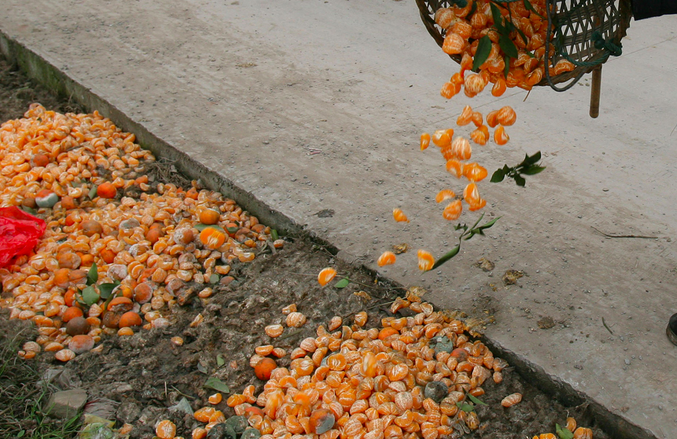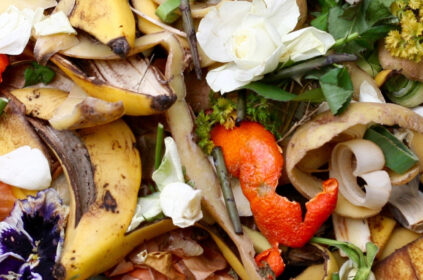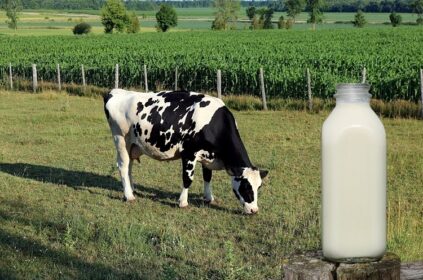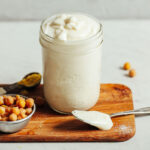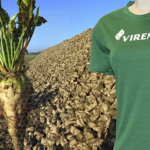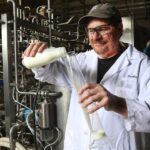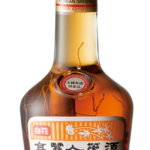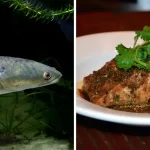Orange juice is one of the most appreciated in the world, but only half of the fruit is used. What to do with the orange peel? What about cleaning water? Find out here how it works.
This is the proposal of a research group at Flinders University in Australia. Orange peel can be used, among other things, to remove mercury from soil and water. Mercury contamination in tuna Yellowfin increases 3.8% every year, due to pollution of oil and mineral industries. Eating contaminated food can lead to serious health problems and to death.
The invention in question is a sulfur and limonene polymer molded in the form of a building block. The sulfur is a by-product in oil industries. Limonene is taken out of orange peels. They are both abundant materials and they were going to trash. About of 20,000,000 tons of citrus peels are discarded annually, which represents about 125,000 tons of limonene.
The block (that seems a giant LEGO) is able to detect and absorb the mercury. And even better, it also identifies the pollution in the water, because its color changes from dark purple to yellow when in contact with the contaminants. The previous attempts with expensive machinery hadn`t not been as effective as the fruit rinds in decontamination.

Sulfur polymer and limonene in building block format
Researchers were initially trying to produce just a new plastic, but they were surprised with the discovery that the new material binds to heavy metals. With just one treatment up to 50% of the mercury was removed during the tests. With additional sessions they have reached the point where water became drinkable.

The material changes color in the presence of mercury
In Brazil there is an older research using banana peel to decontaminate water with heavy metals like uranium, cadmium, nickel and lead. The scientist first dehydrates the husks and make a “flour” that is played in the water. To collect the metals, they place it in acid bath to separate contaminants and can reuse the fruit husk in a new process.
The challenge now is to find a way for the large-scale production of these inventions. Who knew we were literally throwing in the garbage the solution for cleaning the water?
References: The Greenest Post, The Conversation, Gizmag, Business Insider – Australia, Planeta Sustentável

